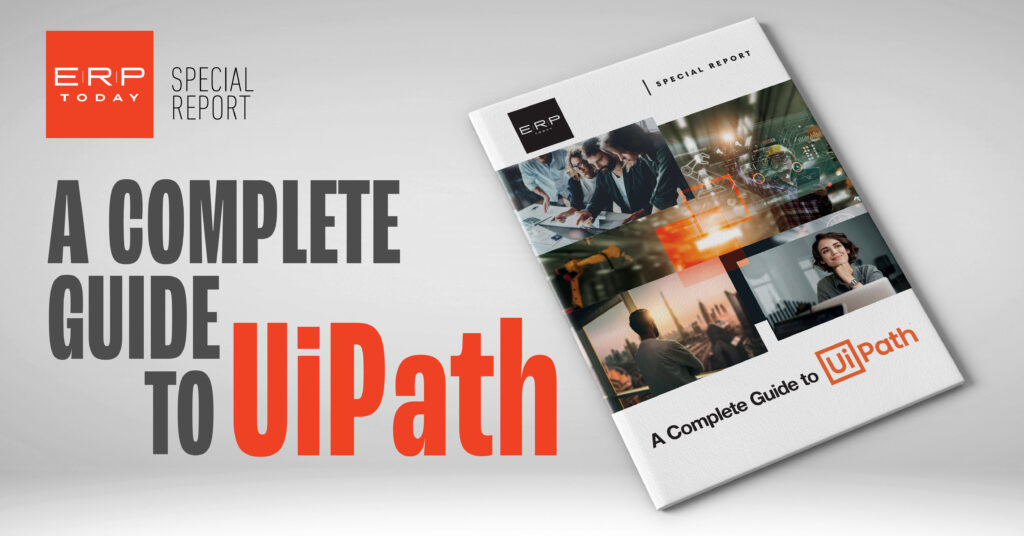We humans are in a race to progress. We are at the point where we are able to close the circle of history – a circle of manual forced work – that started with the invention of agriculture, followed by the industrial revolution and the information age. What was common during each of these ages is that even though the nature of jobs changed dramatically, one thing remained constant: most of the work people actually did every day was repetitive and monotonous.
Along came automation, which became a major factor of humanity’s progress. Automation has freed humans of manual, tedious tasks, allowing them to focus on work of higher value – increasing productivity manyfold.
As the economy largely moved from manufacturing to services, the need for automation shifted from industrial to business process automation. But, despite enormous gains in computing power at our fingertips, we witness a paradox. While today’s work is largely digital, the repetitive, manual work has not disappeared – the form of it has simply shifted. For example, today’s knowledge worker spends a vast amount of their time at work extracting, entering and processing data, and enduring the drudgery of continuously copying and pasting between a growing number of applications.
Instead of tools for thought, workers were given tools for busy work. Instead of removing work off their plate, they’ve been given dozens of new applications to occupy their days. We have to do better. We can do better. And now with automation, we are doing better.
But traditional approaches to business process automation have been time consuming and expensive, often requiring significant change of infrastructure and process, skilled engineers to code and test, and influential project managers to navigate numerous stakeholders. Thus, automation has been economically justifiable only for the highest volume, standardised, and static processes, limiting the scope and potential of automation.
A new approach was needed to handle the growing long tail of business processes to be automated.
Much like how self-driving cars emulate human drivers but still reuse the existing car and road infrastructure, we at UiPath have created a form of automation that emulates people performing a business activity on a computer. The software infrastructure, existing applications, and workflows are reused, thus reducing complexity and cost of implementation.
This new approach to automation is made possible by integrating and advancing a number of disparate technologies: AI (especially computer vision and machine learning), user interface automation, API integration, workflow automation, orchestration, and low-code development.
Emulation expands the scope of automatable use cases to those that were difficult to automate by other means, unlocking the opportunity for tremendous economic benefits. It allows us to build a horizontal enterprise automation platform that facilitates adoption of automation across various business groups: finance, operations, sales and marketing, HR, and legal and across different industries: financial services, healthcare, high tech, retail and the public sector.
Our platform helps different personas with connecting and collaborating, from process analysts to contact centre users and customer service professionals, from financial analysts to data scientists, and from operators to developers. We are expanding the use cases and the people who can address them. Through democratisation, we are expanding the market for professionals able to deliver automation.
Automation is now becoming an established layer in the enterprise stack, sitting on top of the application layer. Most of the routine use of underlying apps will be delegated to the automation platform enabling our customers to achieve the fully automated enterprise. In this way, automation is shifting from a tool to a way of operating and a way of innovating.
We started UiPath because we realised we could help humans reduce the time and stress that comes from menial, administrative business tasks. This work has made them robotic. With our technology, people have time to focus on the work they actually enjoy, the work they set out to do. We made robots so people didn’t have to be robots.
As much as we’ve accomplished, we recognise that there is a tremendous amount of work – and opportunity – ahead of us. Enterprise automation will prove to be the fastest path to bring AI into your organisation, driving new sources of long-term competitive advantage.
Our mission will continue to be accelerating human achievement by empowering people to delegate work to robots. This is the promise of the fully automated enterprise. The future of work is human, it’s creative, it’s social, and it’s dealing with the unexpected – together.




